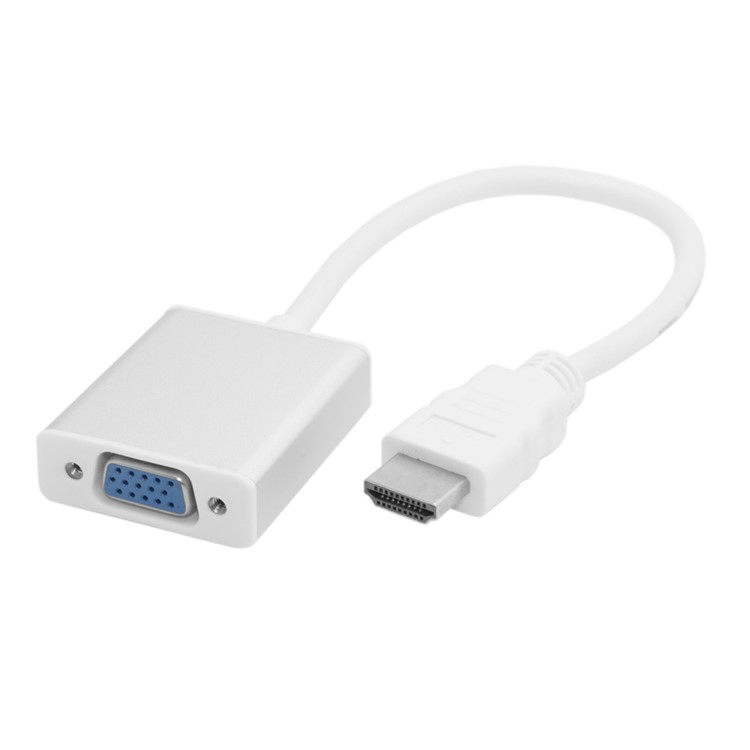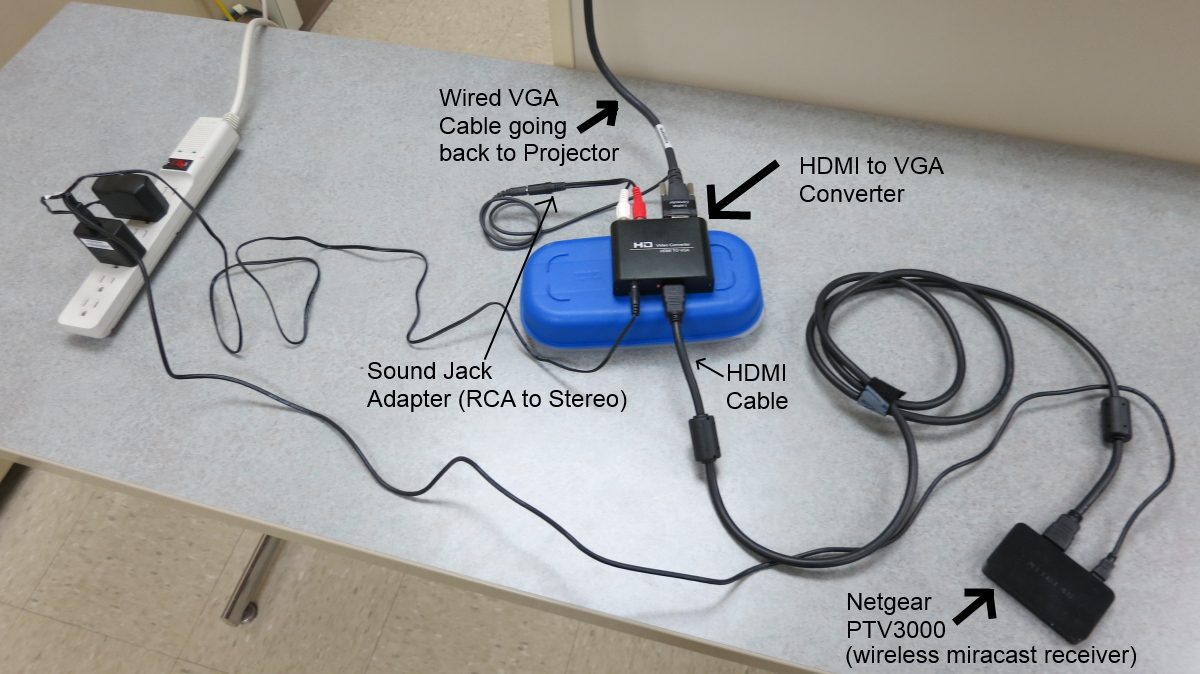

Many modern projectors feature the ability to be used like wireless second monitors, cutting out the need for cables completely.

Running cables between your computer and a projector can be irritating, especially if your projector fits to a ceiling bracket. Many projectors have USB ports solely for attaching storage devices like external hard drives or thumbsticks and do not support USB communication with a computer. If you are having problems, ensure that the projector you are using is capable of USB communication.

Once installed, you can follow the steps in the HDMI section to set up your projector display. Once plugged in, you may get a one-off prompt to install drivers for your projector. Still widely supported today, almost all projectors feature DVI ports, and a wide variety of computer hardware is also compatible. Connect To a Projector To a Computer Using DVIīefore HDMI dominated, Digital Visual Interface (DVI) cables were the best choice for high-quality video transfer. HDMI cables can fail if damaged, so make sure you get a good quality one and store it safely. If you run into issues, try restarting the projector. Your desktop will mirror on the projector screen.


 0 kommentar(er)
0 kommentar(er)
